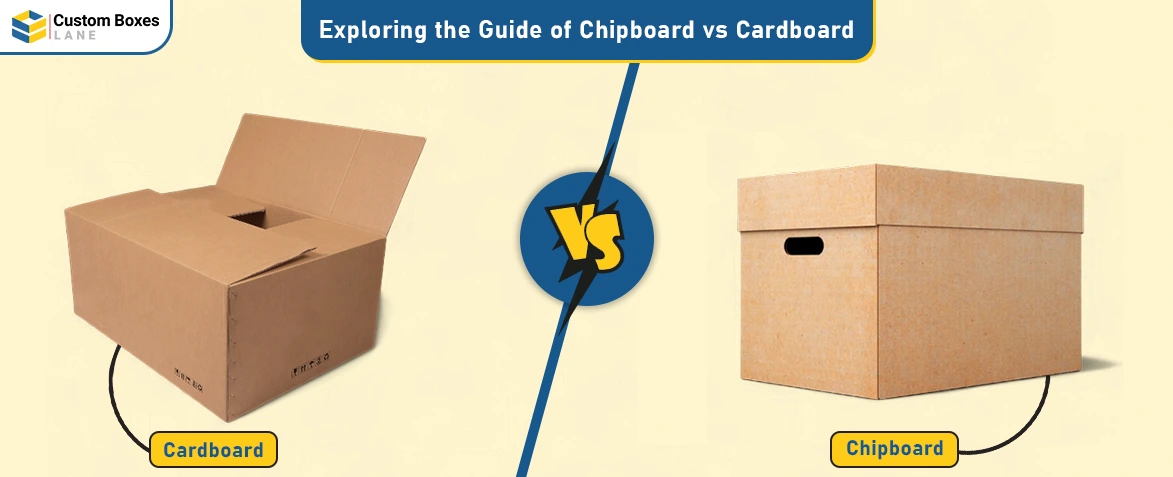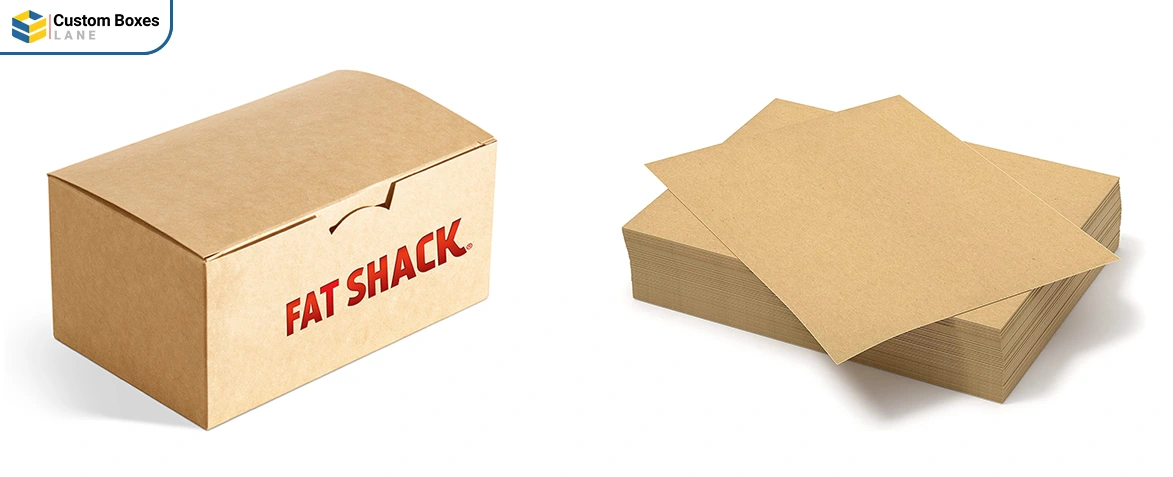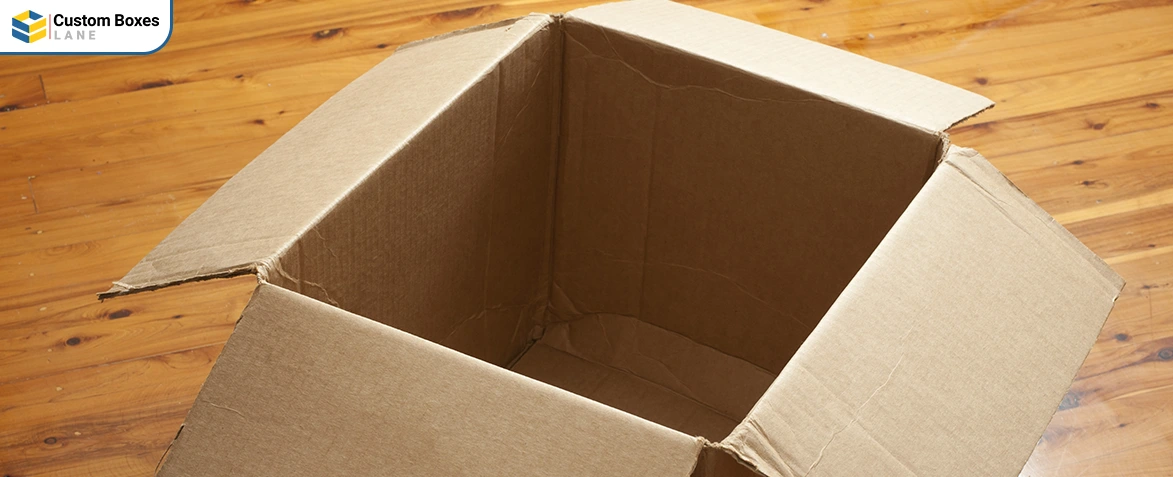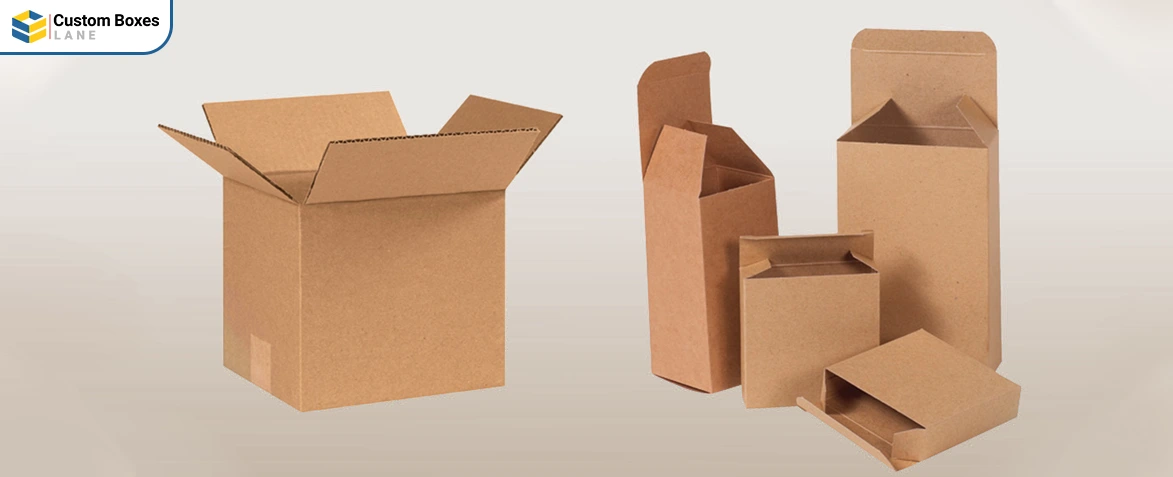Exploring the Guide of Chipboard vs Cardboard
2025-06-24 10:59:02

Chipboard and cardboard are two popular choices when it comes to product packaging. Choosing the right material for your product packaging can help your brand build a positive image. You must understand chipboard vs cardboard when choosing the materials to customize your product packaging.
Both are considered beneficial for product-based brands in terms of durability and effectiveness. However, understanding the core differences between them can help you make the right decisions about choosing the packaging material. This blog has accumulated a comprehensive review of chipboard vs cardboard, which can help you choose the right one. Read on!
What is Chipboard?

Before discussing the core differences, one can get a clear understanding of what is a chipboard. The reason is that most people often confuse chipboard with chipwood, which are two different things. Chipboard is made from recycled papers that are compressed to form chipboards for boxes. The thickness of chipboard box packaging varies depending on your preferences.
Different quantities of recycled paper are used to form a dense chipboard that can later be customized into the forms of boxes and cartons.
The chipboard has a light brown color and a rough texture. The rough texture of chipboard comes from the fibers of recycled paper. As multiple recycled papers are compressed to form chipboard, this is why it can not be bent easily. Now, the question is, what is chipboard used for? The answer is that it is versatile and can be used for various purposes. It is not only used to create boxes but also used as an insert for fragile items. Most chipboards are used as envelope stiffeners to ensure the safe delivery of unbent documents or artwork.
What is a Cardboard?

Cardboard is a packaging material that is used to form boxes and inserts. Most people also get confused between cardstock and cardboard. Although they are both different things. Cardstock is a thicker paper. On the other hand, cardboard is made from joining multiple layers of cardstock and kraft flutes.
Here, the cardboard is referred to as corrugated cardboard because it goes through a corrugation process. Corrugated cardboard sheets can also be used as inserts between fragile items during shipping and handling. Most custom mailer boxes and large shipping cartons are made from corrugated cardboard.
Key Differences Between Cardboard and Chipboard
When exploring chipboard vs cardboard, you must understand the core differences based on the following factors:
-
Cost
One of the important factors is cost when it comes to analyzing chipboard vs cardboard. The construction of corrugated cardboard requires more energy, money, raw materials, and time. However, chipboard does not require high-cost raw materials and manufacturing. Corrugated cardboard could be costly, and chipboard is pocket-friendly.
-
Uses
What are chipboards used for? They can be used to craft various boxes, book covers, inserts, and envelope stiffeners. Cardboard is more versatile than chipboard because it can be used for shipping all kinds of products, from lightweight to heavier. However, chipboard boxes can only be used to ship lightweight to medium-sized items.
-
Weight
Never ignore the weight factor of the packaging when understanding chipboard vs cardboard. As cardboard is thicker than chipboard, the shipping cost of cardboard is higher than that of chipboard. So, custom chipboard boxes are lighter than cardboard boxes. The weight is one of the factors that help you know what is chip board.
-
Durability
A chipboard can get damaged easily when exposed to water, and also its rough surface can come out over time. However, the fine surface of thick corrugated cardboard ensures its tensile strength. The various layers of cardstock and kraft flutes in the cardboard result in higher durability than chipboard.
-
Thickness
The thickness of cardboard and chipboard can be customized according to your preferences. Corrugated cardboard is thicker than chipboard because there are hollow spaces between the kraft flutes and cardstock layers. However, compressed papers do not result in as thick chipboard as corrugated cardboard.
-
Visual Appeal
Corrugated cardboard has a more appealing surface as compared to chipboard. The chipboard has a dull and rough surface due to the use of compressed paper. So, corrugated cardboard packaging can be more beneficial when it comes to portraying brand stories through printed designs. Chipboard looks luxurious only when coated with paperboard, leather, or linen.
-
Customization
Know that both chipboard and cardboard are customizable when it comes to exploring chipboard vs cardboard. The fine and smooth surface of corrugated cardboard supports the printability of all types of designs, including intricate ones. On the other hand, the rough surface of the chipboard does not support intricate designs and printing.
Pros and Cons of Chipboard Packaging
Now you have got the answer to what's chipboard, it becomes easier for you to understand its advantages and disadvantages.
Pros of Chip Board Packaging
The following are some pros of chipboard packaging you must know when exploring chipboard vs cardboard:
- Functional
- Protective
- Lightweight
- Cost-effective
- Less Complex Manufacturing
- Easy to Transform into Luxury Boxes with Coatings
Cons of Chipboard Packaging
Know the following cons of chipboard before you choose the packaging material:
- Less durable
- Limited usage
- Rough and dull surface
Pros and Cons of Cardboard Packaging
Like chipboard, cardboard also has some pros and cons, which everyone must consider when analyzing chipboard vs cardboard.
Pros of Cardboard Boxes
No one can deny the significance of custom corrugated cardboard boxes due to the following benefits:
- Eco-friendly
- Highly durable
- More versatile
- Polished appeal
- Easy to customize
- Aesthetically pleasing
Cons of Cardboard Boxes
The following are some pitfalls of cardboard packaging you must know:
- Costly
- Higher shipping costs
- Complex manufacturing
- Higher raw material costs
Final Thoughts!

Consider all the pros & cons, plus uses of chipboard and cardboard packaging to choose the one that aligns with your products’ needs. If you want more durable packaging for versatile usage, choose corrugated cardboard as it offers value for money. On the other hand, if you want to use packaging for small to medium products and are looking for a pocket-friendly option, go with the chipboard packaging.

